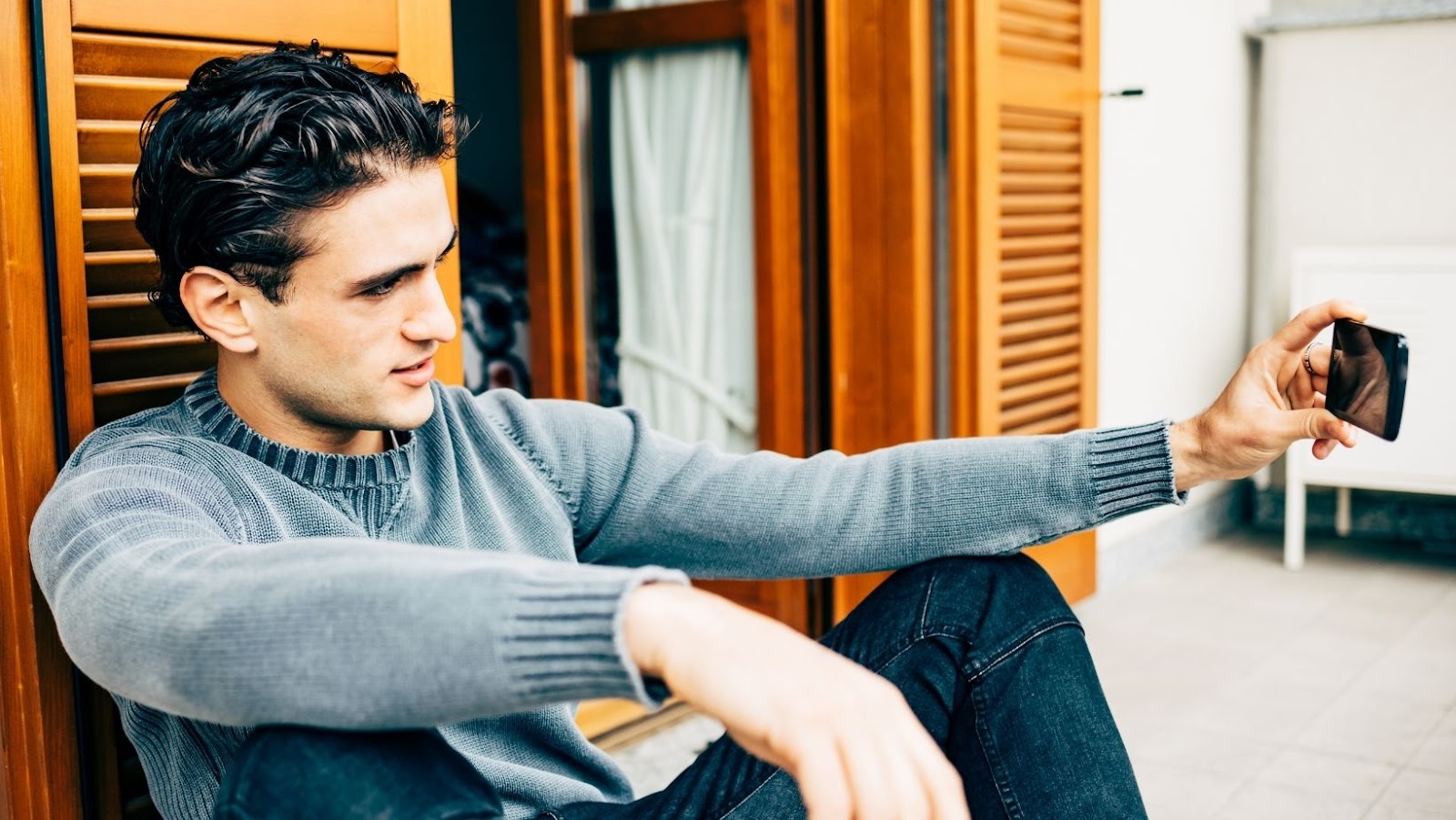
About 6 months ago I was working on a case involving two individuals who wanted to get back together after breaking up. They had been communicating online via SnapChat. During my digital forensic examination of their mobile devices I found that they sent explicit images of both parties to each other using SnapChat. Most of these images were still accessible because they had been sent via SnapChat and saved by the user, or backed up by a third party service such as iCloud.
After their breakup, this couple decided to communicate with each other via Snapchat again at a later time. They both installed version 7.2 of the application on their mobile devices, and started sending Snaps to each other again. However, they quickly found out that images were no longer being saved by the receiving device or backed up via iCloud.
how to put videos in my eyes only
Visually the application seemed the same, but a closer look showed that a major change had been conducted in the Snapchat server software. All incoming Snaps and Chats were now “transient,” meaning they would be stored for a very short period of time and then deleted.
The application used a SQLite database to store information about contacts and conversations, which would occasionally get purged by the server. This made it impossible to retrieve any images sent using Snapchat version 7.2 because they were removed from the Snapchat servers almost immediately after they had been opened on the device receiving them.
How to take multiple photos in Snapchat
This was a very frustrating discovery for the individuals involved, and it made me wonder if there was perhaps a way to circumvent this new “transient” behavior. I was able to do some testing and quickly found that, yes indeed, this is possible. First of all, let me point out that Snapchat version 7.2 is not as “transient” as the company claims. If you have been using the application for a while and take a look at your phone’s memory, chances are there will be a multitude of files created by Snapchat residing on your mobile device regardless of their transient nature.
A lot of these files are just regular SQLite databases containing all the conversations you have ever had through Snapchat, including images and videos sent to or received from your contacts. For whatever reason, most Snapchat users are unaware that their application is creating a huge footprint on their devices despite claims of “transience.”
How to add snaps together in Snapchat
The real breakthrough comes from a piece of code used to save incoming photos and videos. This is what the company calls their “secure” saving method, which claims that all images are securely saved on your mobile device without any possibility of them being intercepted. In reality however, the application only uses this “secure” function for a very short period of time, just after the image or video has been received.
How to save your combined snaps as a story in Snapchat
It really helps if you have a rooted device with a custom recovery, because it allows you to take a full memory dump of your device. This is necessary for this application to work, as the application places the photos in their correct order in Android’s memory in order to create the entire image. The easiest way I found for doing this was using a tool called dm-dump-tool, which is available as an APK file on XDA.
Conclusion
I have provided the source code of the application I wrote below, which you can use to take screenshots of incoming photos and videos with Snapchat version 7.2 on any Android device (running 4.4 KitKat at least). The app works like a standard Snapcat client and doesn’t do anything malicious or unethical; it only takes screenshots every second during the short lifespan of an image in order to create the entire picture.



